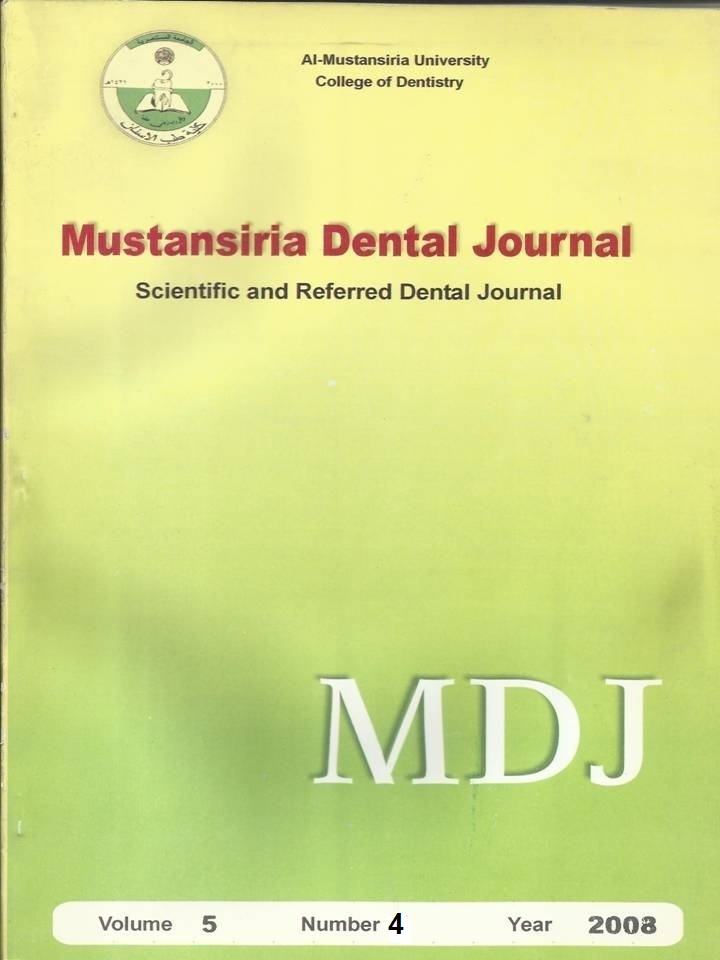Postoperative pain and flare-up in one- and multiple-visits endodontic treatment for pulpally vital molars
DOI:
https://doi.org/10.32828/mdj.v5i4.556Keywords:
Key words: one visit, multiple visits, postoperative pain, step-back, ProTaperAbstract
In recent years, one appointment endodontics has gained increased acceptance as the best treatment for most cases. The aim of this study was to analyze the incidence of post-operative pain and flare up following single-visit and multiple-visits root canal treatment in pulpally vital molars using two different instrumentation techniques. One hundred seventy seven (177) vital molars teeth from 160 patients were selected and randomly divided into two groups; first group (89) teeth were endodontically treated with multiple visits while the second group (88) teeth were endodontically treated with one visit. Each group further subdivided into two subgroups; first subgroup, canals were prepared by conventional step-back technique using hand-held stainless steel k-files and obturated with laterally condensed gutta-perch cones while the second subgroup were the canals prepared by ProTaper rotary system and obturated with laterally condensed gutta-perch cones. No significant differences in post operative pain and flare-ups between teeth that were treated in one visit and multiple visits. Also the use of the ProTaper rotary system in preparing the canals contributed to lower the incidence of post-operative pain.
Downloads
Published
Issue
Section
License
The Journal of Mustansiria Dental Journal is an open-access journal that all contents are free of charge. Articles of this journal are licensed under the terms of the Creative Commons Attribution International Public License CC-BY 4.0 (https://creativecommons.org/licenses/by/4.0/legalcode) that licensees are unrestrictly allowed to search, download, share, distribute, print, or link to the full texts of the articles, crawl them for indexing and reproduce any medium of the articles provided that they give the author(s) proper credits (citation). The journal allows the author(s) to retain the copyright of their published article.
Creative Commons-Attribution (BY)









